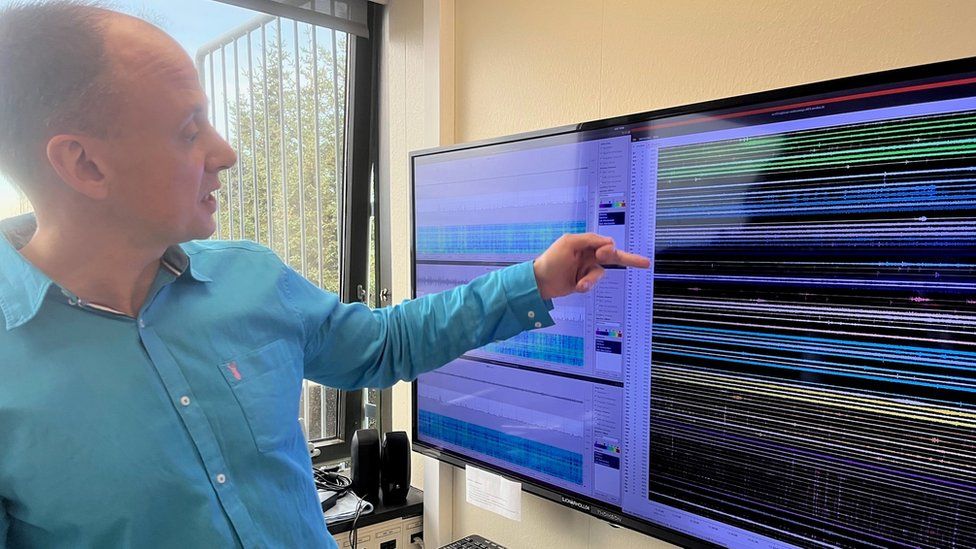-

-
-
Loading

Loading

The Icelandic Met Office (IMO) has issued a warning that Iceland's south-western peninsula may experience volcanic instability for several decades. Recent earthquakes and concerns of an imminent eruption led to the evacuation of the small town of Grindavik. After a pause of 800 years, volcanic eruptions resumed in the Reykjanes Peninsula in 2021, indicating a potential new eruptive cycle, according to Matthew Roberts from the IMO. He states that volcanic eruptions are likely to occur across the peninsula, rather than in the same location repeatedly. The volcanic instability could persist for many years. Monitoring of seismic activity is being carried out round the clock at the IMO's headquarters in Rekyavik. Last week, the team discovered that magma was entering the ground and causing fractures in rocks over a distance of 15km. This led to the immediate evacuation of Grindavik as the town started to sink due to the magma intrusion. Buildings and roads in the area have been significantly damaged, and further subduction is expected. A recent map shows areas where land has collapsed, with one area being highly volatile and potentially erupting within days or weeks. An eruption could result in substantial damage to local infrastructure and the release of toxic fumes. Interestingly, aerial photographs indicate that the magma is running underneath an old visible fissure that existed for centuries. Iceland is no stranger to volcanic activity due to its location over the Mid-Atlantic Ridge where the Eurasian and North American plates are moving apart. However, the evacuation of an entire community has not been necessary for 50 years, since a volcanic eruption occurred on Heimaey Island in 1973. Currently, the magma is estimated to be situated 800m below the surface in the Reykjanes Peninsula. It may take weeks or longer to determine whether residents can return to the area safely. Dr. Roberts states that an explosive eruption is not expected, although this may not necessarily be a positive thing. Instead, a low-intensity eruption could occur with lava flowing from several fissures over an extended period. In such a scenario, lava might flow towards Grindavik and possibly the Svartsengi power station and Blue Lagoon located to the north and west. Contingency plans involve constructing protective barriers near the geothermal plant and keeping the famous Blue Lagoon spa closed. While Iceland has inventive methods to combat lava flow, Dr. Roberts explains that nature ultimately prevails in prolonged eruptions.